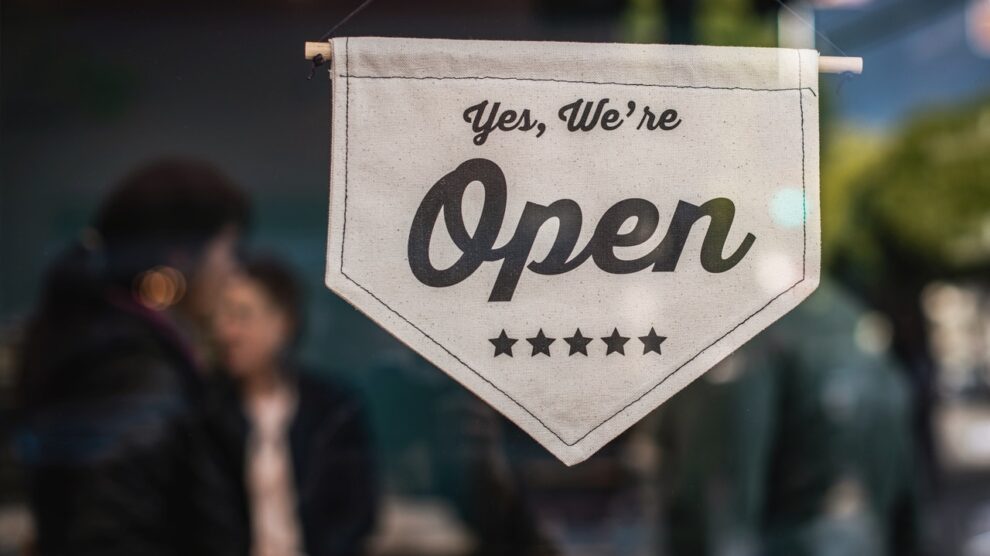There is no industry that didn’t see radical change amid the pandemic. Small businesses entering the market these days are being held to the standards created in the post-pandemic world. Entrepreneurs need to adapt to the various changes in the market to activate their small business, attract the right clients, and garner brand recognition and sales.
For many start-ups, brand activation can be a cost concern. Some may not have the capital to throw at large campaigns or the staff needed for a big activation push. Instead, they seek out cost-effective measures of activation. What follows are some ways small businesses can activate their brands and still save money:
Timing
Many businesses experience periods of feast or famine within the calendar year. For example, coming off of the holiday season, consumers are going to be spending less — because they threw everything they had at holiday gifts. It makes sense for businesses to look at each quarter separately and determine when it makes sense to invest in brand activation needs.
Most small businesses will avoid starting new activation projects in Q1. They may still try to reach their target market, but will choose to do so more passively, through free channels such as social media postings and organic engagement. When the slowdown of Q1 passes, businesses can decide to make a heavier investment in activation in quarters 2 & 3, which will be a more financially viable option for the business as a whole.
Consumer Planning
All businesses need to consider their customer base, and consider how every dollar they spend on activation is geared towards the right audience. Businesses must consider who they are trying to engage and which customer is most likely to be interested in their services or products. Timing also matters when considering engagement. Businesses should research when their target consumers are most available for engagement. There are several routes that small businesses can take to engage consumers:
Engagement Marketing – Engaging with consumers involves creating experiences that consumers can participate in along with the brand. These experiences may directly involve the brand or products, or even just a feeling the brand wants to convey. This participation can be in-person or via social media engagement.
Social content should not only be engaging, but also shareable. Brands will become more well-known the more their name and their services or products are shared among like-minded consumers.
Events and Trade Shows – Many small businesses choose to take advantage of trade shows or other events to engage with potential customers and get their brand name out there. Some small businesses can successfully debut their new brand or new products at these events, where they can give samples of their products and engage with customers face-to-face.
When on the road to get one’s brand out there, companies should offer takeaways in the form of inexpensive branded swag or merchandise, designed to further disseminate the brand name beyond the event.
Strategic Partners
Small businesses should consider aligning themselves with key partners in key locations. Aligning one’s brand with partners in high-traffic areas will give the best ROI for the lowest budget.
Strategic partners should share the same vision and values as one’s business. This will allow one’s small business to tap into the customer base of that partner. With strategic partners, small businesses with small budgets can combine resources and leverage a connection with perhaps a more established business to give them a nudge in the right direction with activation.
Clear Objectives
Any small business needs clear objectives and a good idea of their key performance indicators (KPIs). The goal of brand activation is to create a strong connection between your brand and your ideal customers. That strong connection will ensure that consumers will remain loyal to your brand as you grow. When setting out to create a brand activation plan, businesses must have their customer data and budgets available so they have a clear picture of the money being funneled towards brand activation.
Brand activation can be an exciting time for small businesses — you’re telling the world about the brand you have spent time and energy cultivating. Brand activation does not need to be a costly part of building a small business, though, as long as businesses are aware of their budget, target market, and how they align their brand with other services and partners that elevate their voice.





